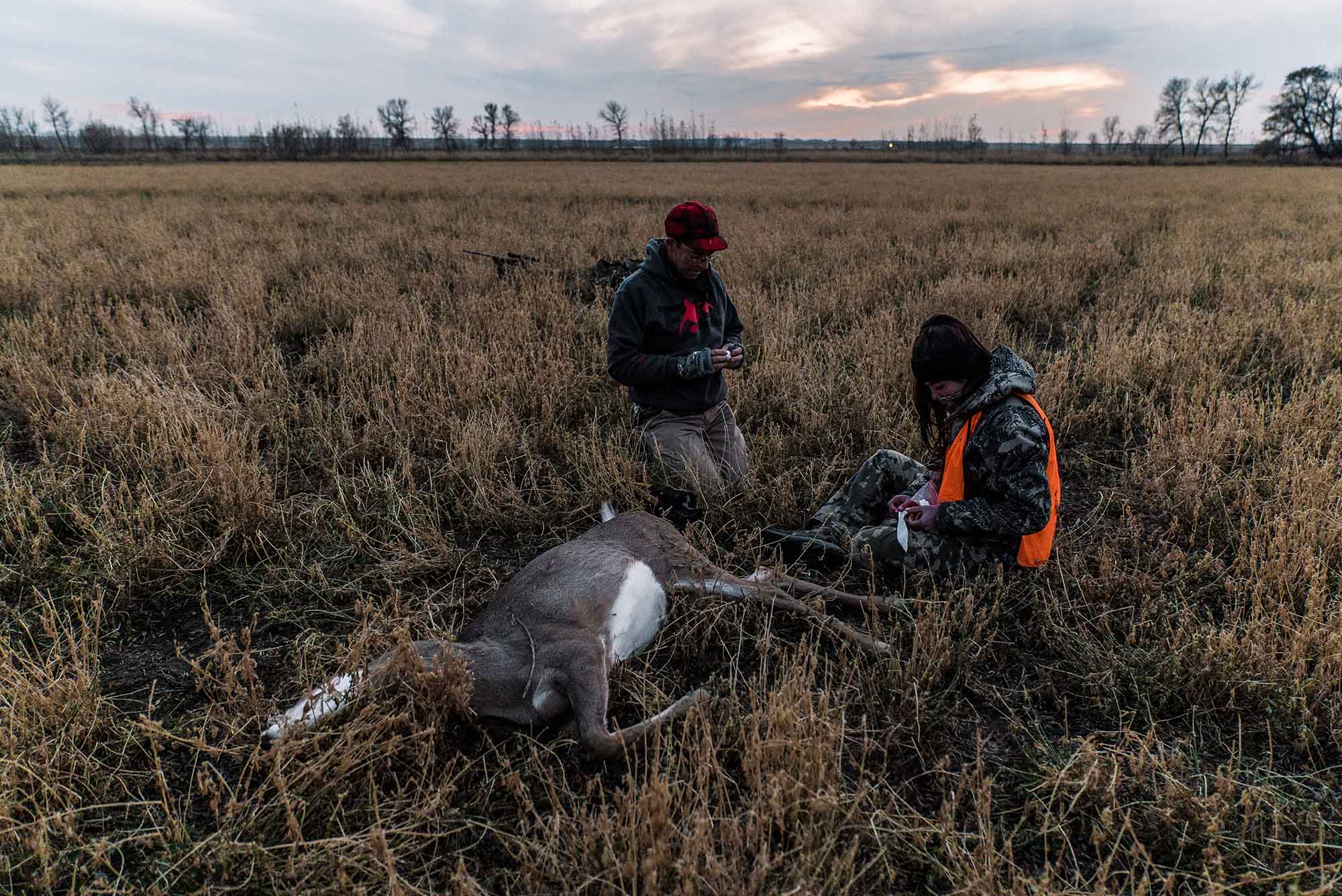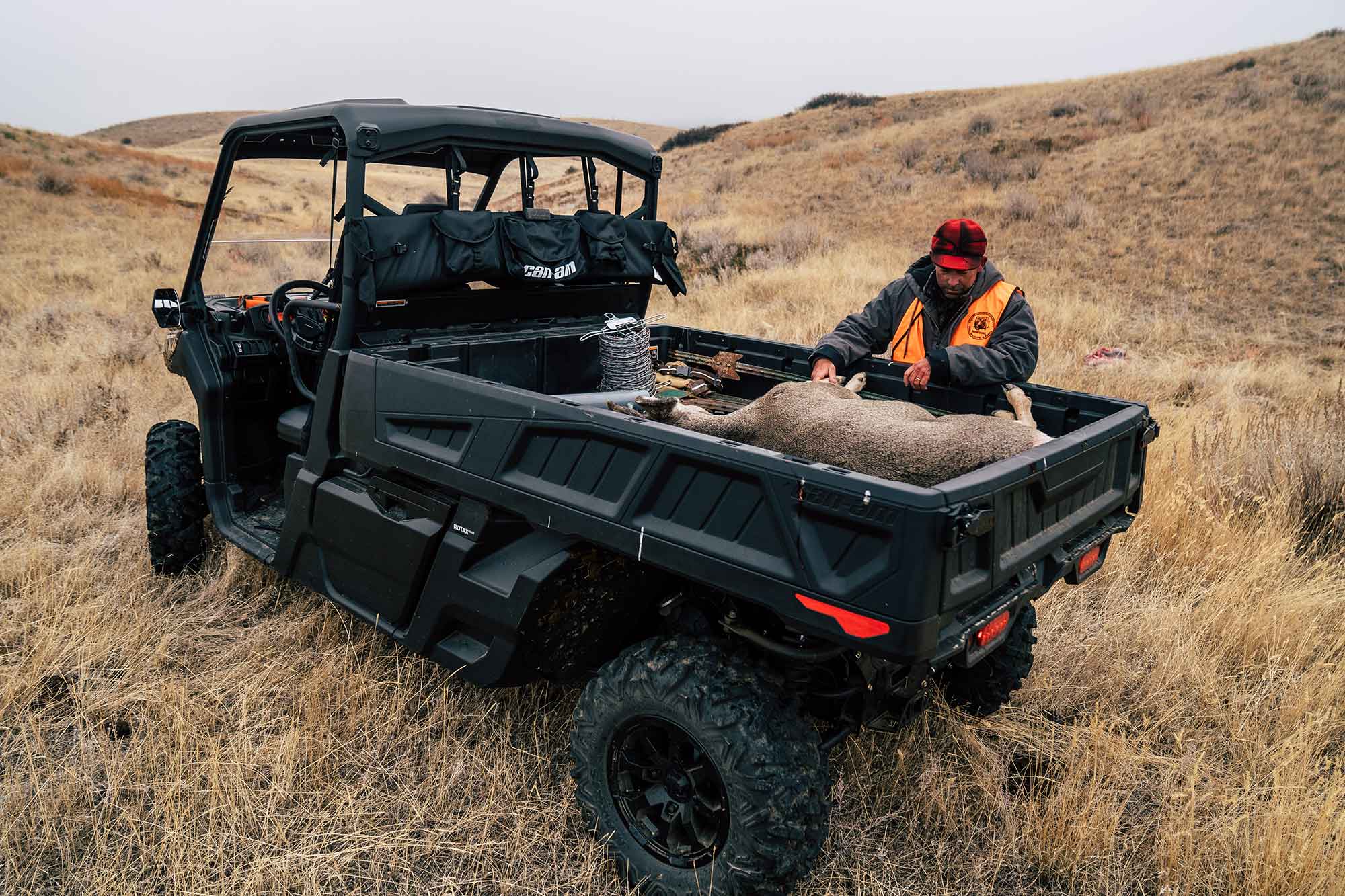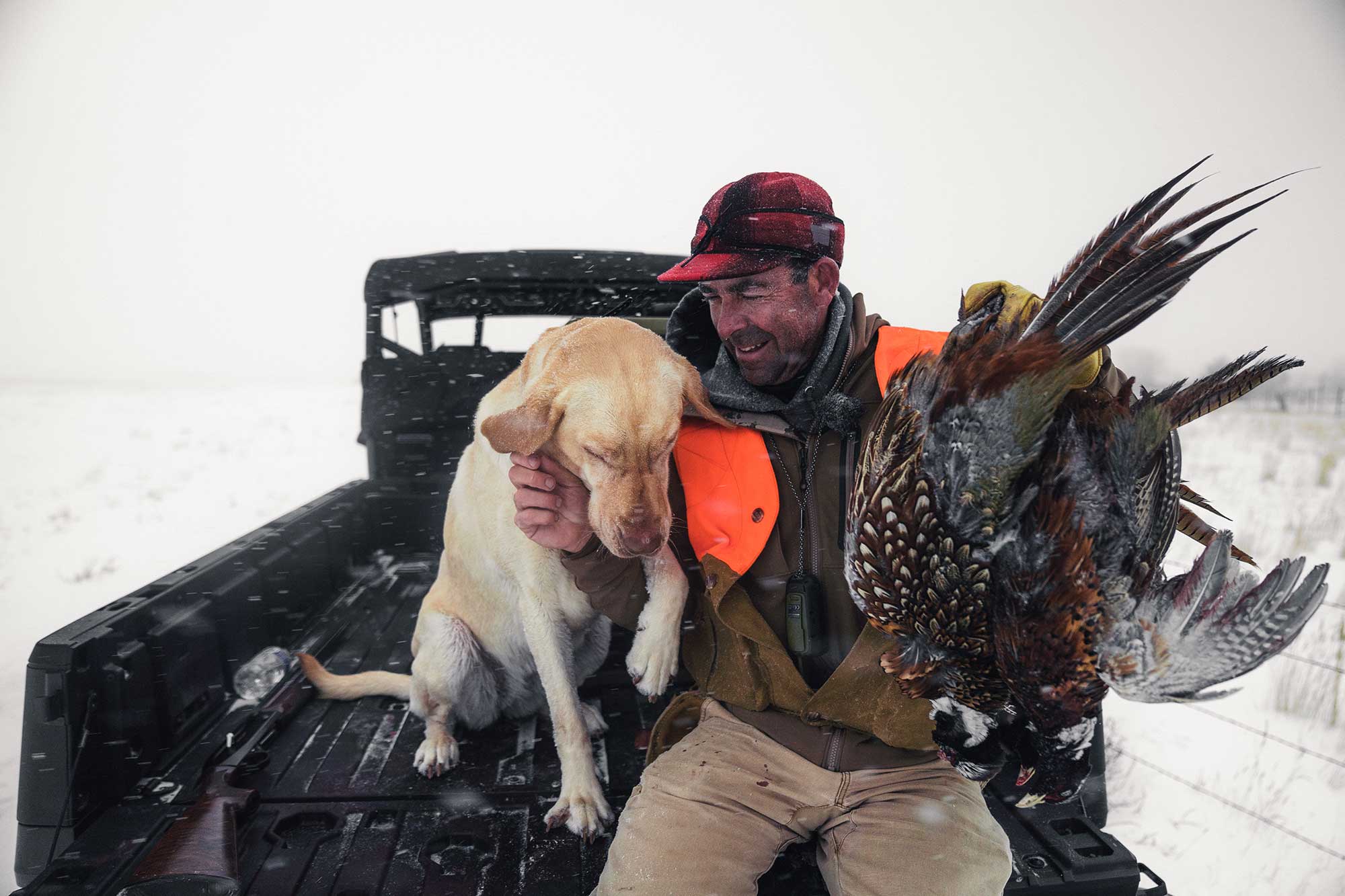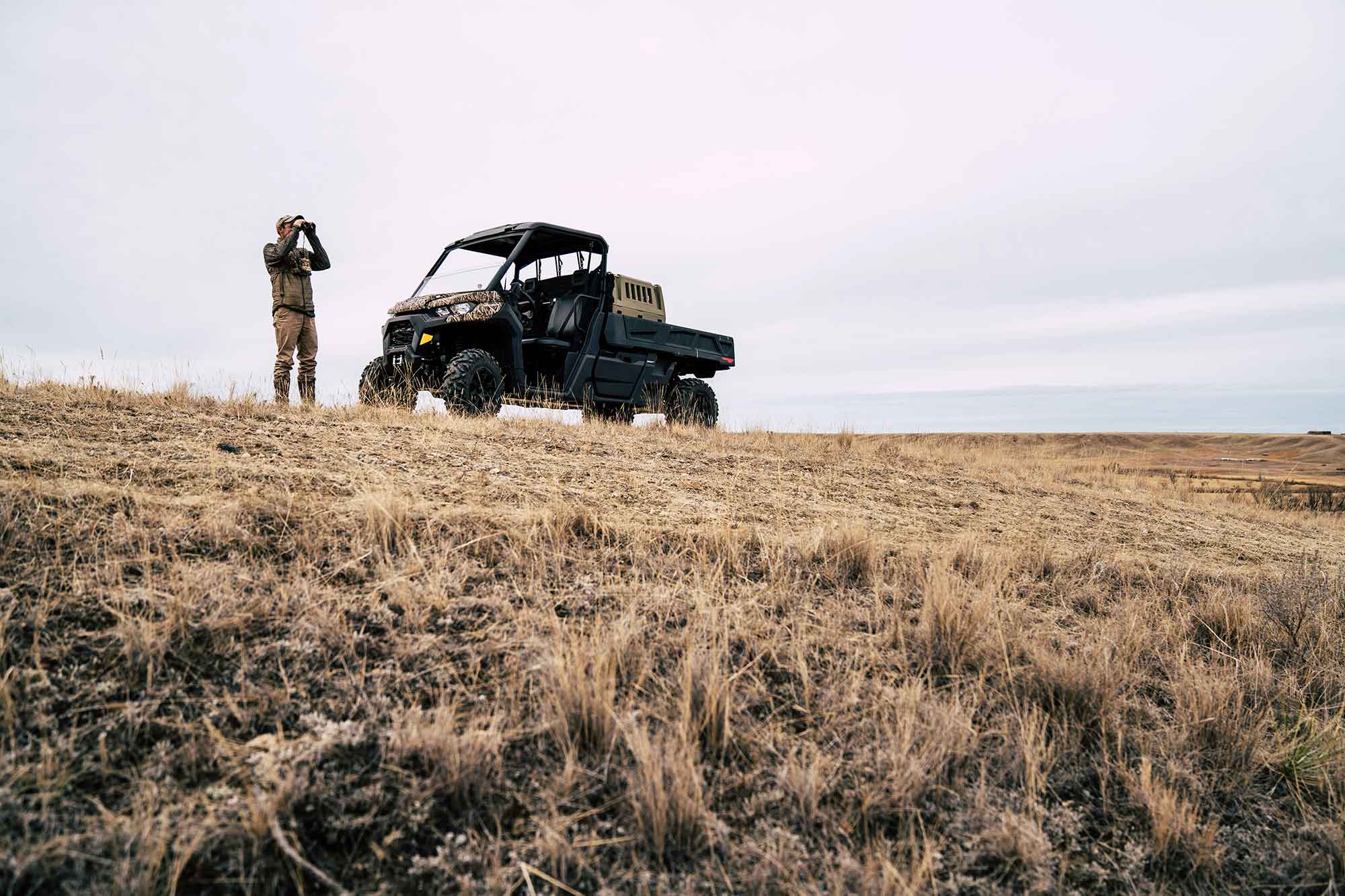I assess the quality of a hunt on a number of metrics that have nothing to do with quantity of antler or weight of carcass. Instead, it’s a composite valuation based on my companions, the details of the pursuit, and the flavor of the place. Based on that perspective, every deer I hunt on my own land in eastern Montana is a singular trophy.
Especially this year, with anxiety coloring every thought of traveling to hunt, and complications caused by COVID-19 making all of us look inward rather than outward, staying home to hunt has not only been a luxury, it’s been a necessity.
I’m lucky to have a place of my own to hunt. My wife and I bought our ranch in eastern Montana nearly two decades ago in order to raise our family in the manner that I was raised: living in the country, growing our own food, and ensuring that self-reliance is a core value of our children. That lifestyle has never felt more correct than it has in this anxious year.
There are as many reasons to own land as there are landowners, but for my family, the ability to walk out our back door, or drive a side-by-side on ranch roads (this year we’ve been putting the Can-Am Defender to work), and hunt mule deer, whitetails, pheasants, and prairie grouse within sight of our house is our reward for the months of fixing fence, repairing barns and gates, and enduring droughts, floods, and the uncertainties of commodity agriculture. That ability to hunt close is a gratifying feeling most years, but in this year of insecurity, it’s also the safest way we can gather our own food.

The luxury of hunting close to home is not lost on my 16-year-old daughter, Iris. She’s like many teenaged girls: distracted, anxious for the future, addicted to social media. But she’s also unlike many teenaged girls in that she’s a passionate and capable hunter. She’s learned to hunt by roaming the folded prairie and bending streams of our land, discovering where animals live and how they behave. This year, she redoubled her intensity, and her commitment to feeding our family, taking a beautiful mule deer buck and a whitetail doe.

Iris has had another sort of education this year in both the responsibilities of ranching and in food security. We had a brutal winter, with sub-zero temperatures and heavy snows extending through calving season in February and March. Our neighboring ranchers lost a number of cows during calving in the arctic conditions. The resulting orphan calves are liabilities for a working rancher, requiring hours of special care to feed, warm, and keep alive in winter weather. Enter Iris. She bought as many of these “bum” calves as she could afford, and spent the winter and spring bottle-feeding these orphans with bovine milk replacer. In the summer, she turned her bums out to grass, and this fall, she’s been feeding them pellets, trying to fatten them up before taking them to the sale barn. Many afternoons, she’d return from school, quickly change into her hunting clothes, and I’d watch her stop to feed her calves before she started hunting deer in the “bum pasture.”
That’s an experience she may take for granted now—and even shrug off as a bothersome chore—but it’s one I expect she’ll recognize as a special part of her childhood as she grows up and away from this place, just as I expect she’ll cherish all the deer she shot in sight of our house.

Besides its abundant wildlife, its room to roam, and its real-world lessons in life and death, I hope this is another gift of our ranch: a foundation for our children, no matter where they end up. I expect as adults they may be a bit like me, nostalgic for a place in the country where they can hunt without worrying about boundaries, raise children without fear of social anxieties, and learn about life and death first-hand.
I also expect they’ll develop their own metric for measuring their experiences, one that is weighted heavily toward those that take place closest to home.
